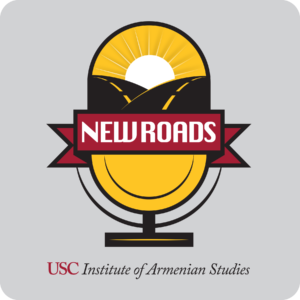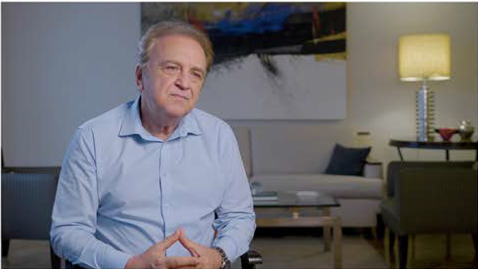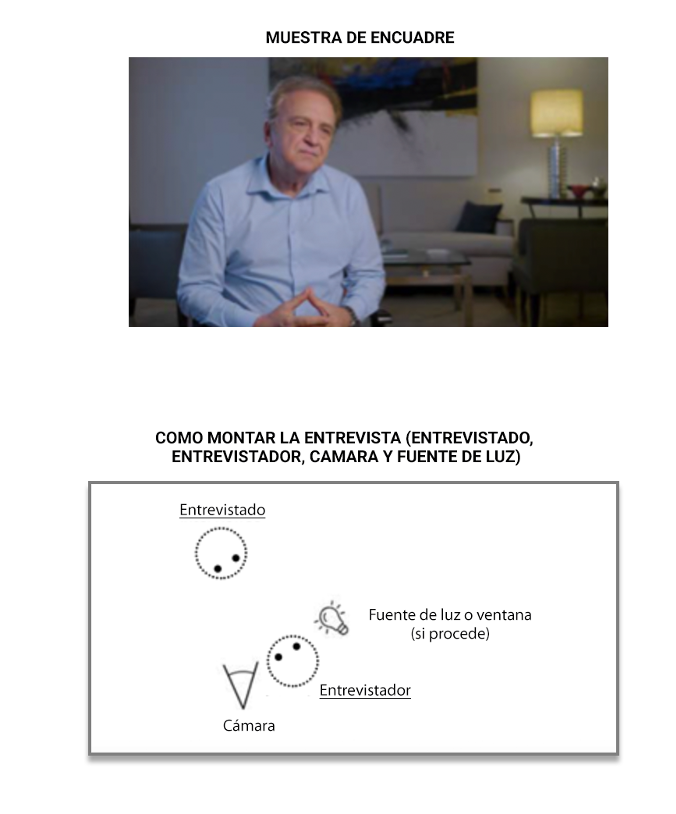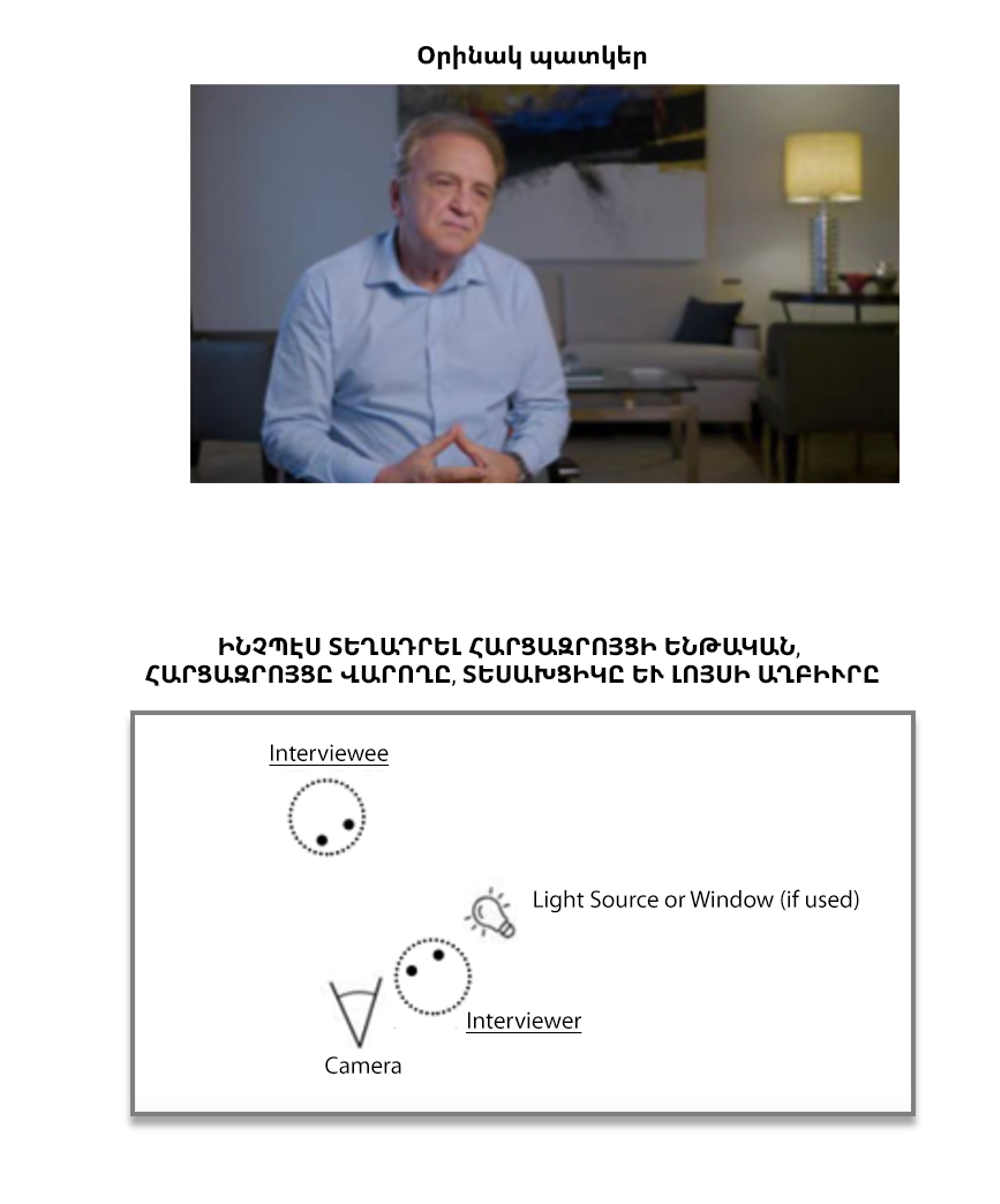Imagine an academic center in Armenia hosting artists, policymakers, scholars, authors, practitioners, scientists from all over Armenia, Artsakh and the world – giving them time and space to work, to learn from each other, and to turn ideas into actions.
Twenty-five minutes outside of Yerevan, Armenia, in the serene village of Maiakovski, The USC Tacori Center will do just that.
The USC Tacori Center has piloted several programs in anticipation of an official opening later this year. No longer delayed by COVID-19, the Center has already begun to serve as a hub for international scholars, students, artists, and journalists, offering a shared space for research, collaboration, and creation.
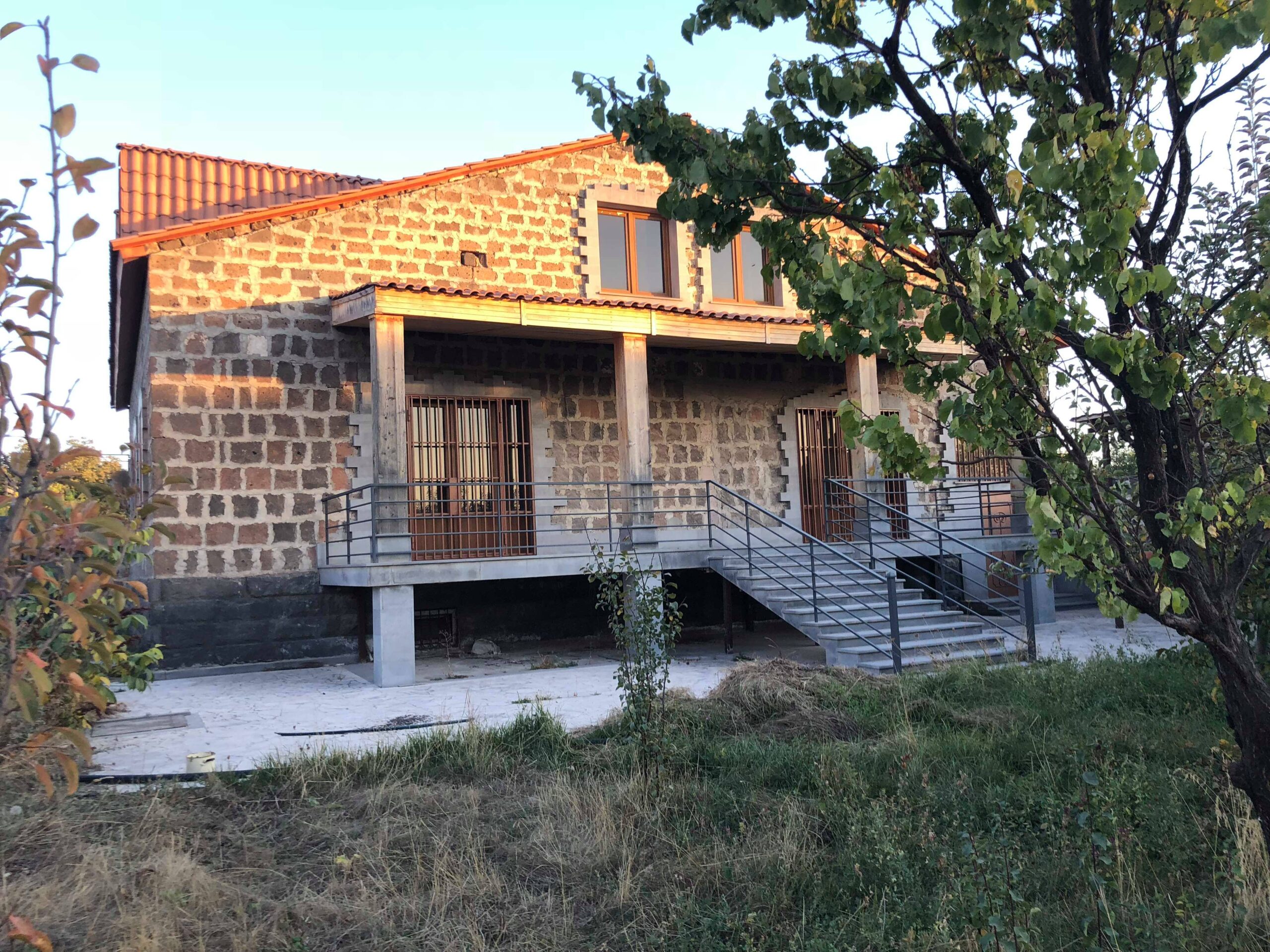
The Center will enable and expand the USC Institute of Armenian Studies programs and collaborations in Armenia, especially now. Armenia’s unique location will allow for collaboration between Russian, European, and Middle Eastern diasporas; for network-building within Armenia’s various industries; and for meetings and discussions between American and regional scholars, who otherwise would not interact.
The Tacorian Family, founders of Tacori Jewelry, gifted the university the use of their large two-story house and continue to offer support for the programs that take place there. The house, and its adjacent mini-fruit orchard, are in a beautiful village named for Russian poet, playwright Vladimir Maiakovski (1893-1930).
Haig and Gilda Tacorian immigrated from Romania and settled in California, where they married in 1973 and founded Tacori Jewelry in 1979. Today, their son Paul and daughter Nadine are CEO and COO respectively.
The Institute is grateful to the Tacorian family for their vision at such a pivotal time in Armenia’s and the Diaspora’s future.
Already this year, five different program sessions took place between April and June.
First, there was Dee-Zoom, a program that invited members of Armenia’s design community and design specialists from six countries for a discussion on challenges and industry gaps. Local and international best practices were shared to improve the diversity and quality of the design industry in the country. USC scholar-practitioner Dr. Aroussiak Gabrielyan, whose work cuts across the fields of Landscape Architecture and Media Arts, was one of the guest speakers. The program was organized by the USC Institute of Armenian Studies in partnership with the AHA Collective, and concluded with the We Stand II “re.spring” poster exhibit, curated by Nairi Khatchadourian and Nvard Yerkanian.
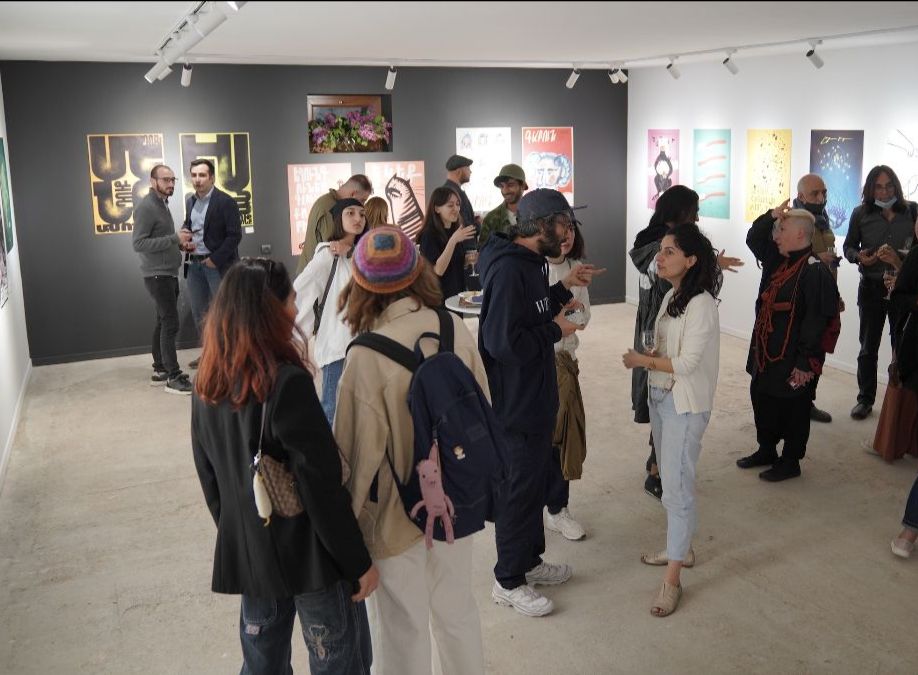
“The DeeZoom event really highlighted the need for such a center – the concept of which was entirely novel for the local arts and academic communities – a space that is specifically conceptualized for and conducive to fostering collaboration, innovation, and creativity,” said Dr. Shushan Karapetian, Deputy Director of the USC Institute of Armenian Studies.
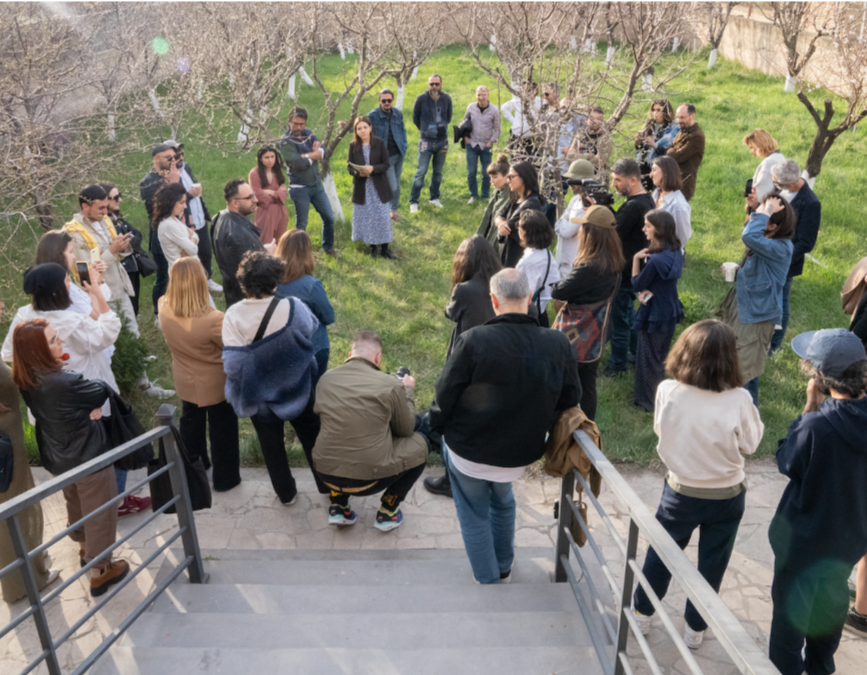
In May 2021, graduate level students from Armenia gathered at the USC Tacori Center for a four-day Critical Social Science Workshop with Professor Vicken Cheterian from Geneva’s Webster University. The students participated in sessions on Armenia’s geopolitical challenges in the context of domestic expectations and post-Soviet constraints. Students had the opportunity to discuss in detail their research interests, questions, and methodologies. This program was organized by the USC Institute of Armenian Studies in collaboration with Dr. Cheterian, the Calouste Gulbenkian Foundation, and the American University of Armenia.
During the same month, media representatives and professors gathered for three additional workshops to define methods of collaboration and to begin to set Armenia’s research agenda – what are the urgent questions that need to be asked and answered? A media roundtable, a workshop on “Armenia’s Geopolitical Challenges,” and a closed-door seminar called “Understanding Azerbaijan” all sought to catalyze collaboration and identify understudied topics for further research.

“As Armenia and Karabakh emerge at a crossroads, with challenges ranging from security, to economic and democratic development, the USC Tacori Center will serve as a space for thinking, working, and doing. It is unique in being able to foster collaboration globally, regionally, and within Armenia’s often fragmented structures, in order to tackle these issues,” said Syuzanna Petrosyan, Associate Director of the USC Institute of Armenian Studies.
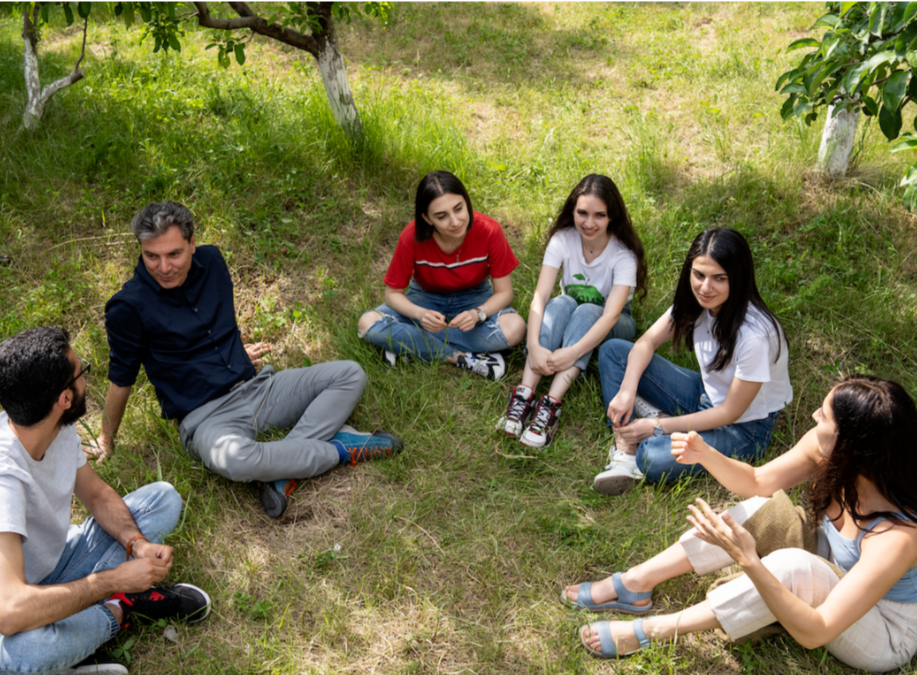
Five programs are already scheduled for the next several months covering topics as diverse as Critical Research on Turkey and Azerbaijan, and Seeking Designer Collaboration Across Borders. Each program will include the expertise of scholars from the USC community and beyond.
The Center’s future programs will invite participants from Gyumri, Vanadzor, Stepanakert and other regions, for art residencies, translation workshops, international student retreats, exhibitions, and conferences, all of which will examine some aspect of the social, cultural, educational, and political challenges facing Armenia, Karabakh, and the Armenian communities in the Diaspora.
Imagine an academic center in Armenia hosting artists, policymakers, scholars, authors, practitioners, scientists from all over Armenia, Artsakh and the world – giving them time and space to work, to learn from each other, and to turn ideas into actions.
Twenty five minutes outside of Yerevan, Armenia, in the serene village of Maiakovski, The USC Tacori Center will do just that.
The USC Tacori Center has piloted several programs in anticipation of an official opening later this year. No longer delayed by Covid, the Center has already begun to serve as a hub for international scholars, students, artists, and journalists, offering a shared space for research, collaboration, and creation.

The Center will enable and expand the USC Institute of Armenian Studies programs and collaborations in Armenia, especially now. Armenia’s unique location will allow for collaboration between Russian, European, and Middle Eastern diasporas; for network-building within Armenia’s various industries; and for meetings and discussions between American and regional scholars, who otherwise would not interact.
The Tacorian Family, founders of Tacori Jewelry, gifted the university the use of their large two-story house and continue to offer support for the programs that take place there. The house, and its adjacent mini-fruit orchard, are in a beautiful village named for Russian poet, playwright Vladimir Maiakovski (1893-1930).
Haig and Gilda Tacorian immigrated from Romania and settled in California, where they married in 1973 and founded Tacori Jewelry in 1979. Today, their son Paul and daughter Nadine are CEO and COO respectively.
The Institute is grateful to the Tacorian family for their vision at such a pivotal time in Armenia’s and the Diaspora’s future.
Already this year, five different program sessions took place between April and June.
First, there was Dee-Zoom, a program that invited members of Armenia’s design community and design specialists from six countries for a discussion on challenges and industry gaps. Local and international best practices were shared to improve the diversity and quality of the design industry in the country. USC scholar-practitioner Dr. Aroussiak Gabrielyan, whose work cuts across the fields of Landscape Architecture and Media Arts, was one of the guest speakers. The program was organized by the USC Institute of Armenian Studies in partnership with the AHA Collective, and concluded with the We Stand II “re.spring” poster exhibit, curated by Nairi Khatchadourian and Nvard Yerkanian.

“The DeeZoom event really highlighted the need for such a center – the concept of which was entirely novel for the local arts and academic communities – a space that is specifically conceptualized for and conducive to fostering collaboration, innovation, and creativity,” said Dr. Shushan Karapetian, Deputy Director of the USC Institute of Armenian Studies.

In May 2021, graduate level students from Armenia gathered at the USC Tacori Center for a four-day Critical Social Science Workshop with Professor Vicken Cheterian from Geneva. The students participated in sessions on Armenia’s geopolitical challenges in the context of domestic expectations and post-Soviet constraints. Students had the opportunity to discuss in detail their research interests, questions, and methodologies. This program was organized by the USC Institute of Armenian Studies in collaboration with Dr. Cheterian, the Calouste Gulbenkian Foundation, and the American University of Armenia.
During the same month, media representatives and professors gathered for three additional workshops to define methods of collaboration and to begin to set Armenia’s research agenda – what are the urgent questions that need to be asked and answered? A media roundtable, a workshop on “Armenia’s Geopolitical Challenges,” and a closed-door seminar called “Understanding Azerbaijan” all sought to catalyze collaboration and identify understudied topics for further research.

“As Armenia and Karabakh emerge at a crossroads, with challenges ranging from security, to economic and democratic development, the USC Tacori Center will serve as a space for thinking, working, and doing. It is unique in being able to foster collaboration globally, regionally, and within Armenia’s often fragmented structures, in order to tackle these issues,” said Syuzanna Petrosyan, Associate Director of the USC Institute of Armenian Studies.

Five programs are already scheduled for the next several months covering topics as diverse as Critical Research on Turkey and Azerbaijan, and Seeking Designer Collaboration Across Borders. Each program will include the expertise of scholars from the USC community and beyond.
The Center’s future programs will invite participants from Gyumri, Vanadzor, Stepanakert and other regions, for art residencies, translation workshops, international student retreats, exhibitions, and conferences, all of which will examine some aspect of the social, cultural, educational, and political challenges facing Armenia, Karabakh, and the Armenian communities in the Diaspora.


